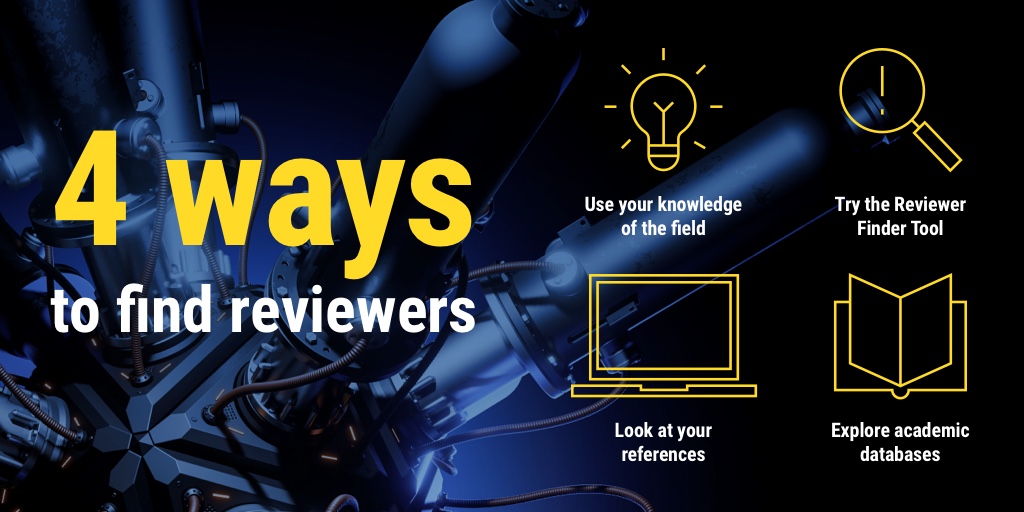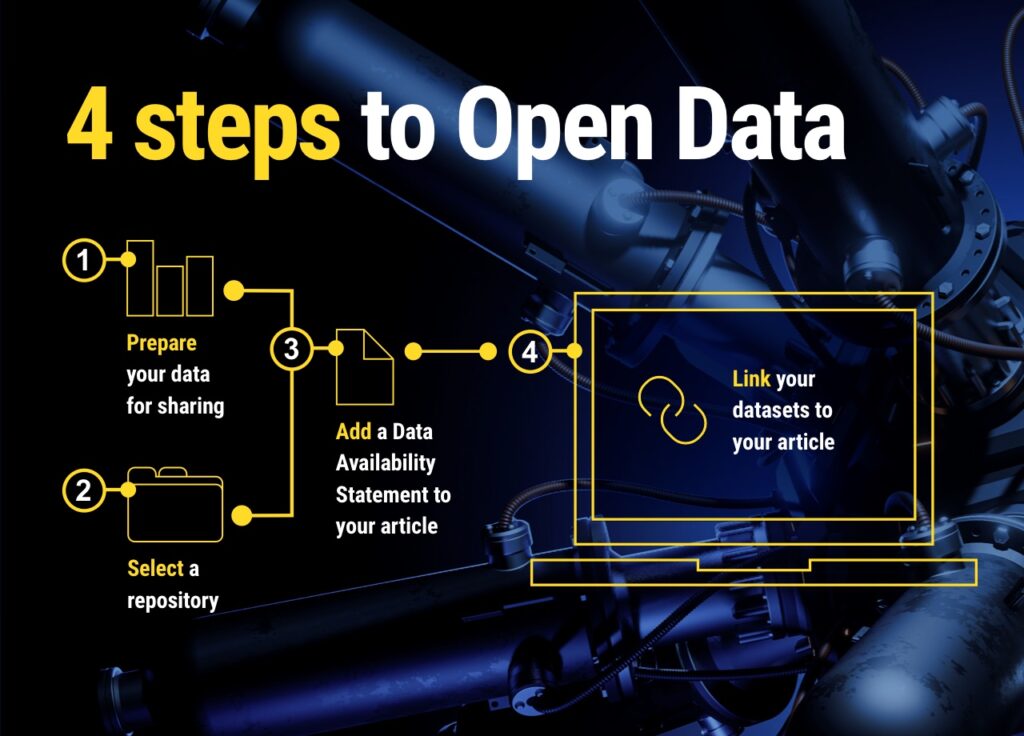Publish with Nuclear Science and Technology Open Research
SUBMIT NOWRapid and transparent dissemination of research is fundamental in advancing knowledge, enabling scientific progress, and accelerating the pace of discovery. To help ensure all researchers in nuclear science have access to a publishing platform that is dedicated to openness, quality, and transparency, the American Nuclear Society is partnering with F1000 and Taylor and Francis on Nuclear Science and Technology Open Research, an exciting new open access publishing venue for all researchers in nuclear science, technology, and related areas.
What are the benefits of publishing with Nuclear Science and Technology Open Research?
The platform offers rapid publication and open peer review while supporting data deposition and open research principles, providing a home for all nuclear science and technology research to the benefit of all.
Rapid publication
Our rapid publication model offers an innovative alternative to traditional journal publishing, avoiding lengthy delays between submission and publication, by conducting robust peer review after an article has been published.
Maximise the impact of your work
Publishing your research openly and transparently means that anyone can read, cite, and use your work – including policymakers, practitioners, and fellow researchers. Alongside open publication of the article itself, Nuclear Science and Technology Open Research also advocates an Open Data Policy so others can replicate your study, reproduce the original findings, or reuse the data to support their own work.
Support reproducibility and transparency
Transparency and reproducibility are at the heart of our publication model. Nuclear Science and Technology Open Research facilitates transparent sharing of research by publishing all articles openly, alongside access to any underlying data, software, code, and other resources – even the peer review reports.
Increase the visibility of your research
Transparency and reproducibility are at the heart of our publication model. The platform facilitates transparent sharing of research by publishing all articles openly, alongside access to any underlying data, software, code, and other resources – even the peer review reports.
Share outputs from all stages of the research lifecycle
From Systematic Reviews and Open Letters to Method Articles, Data Notes, and Study Protocols, Nuclear Science and Technology Open Research allows you to share articles throughout the research lifecycle, ensuring each piece of work and the researchers conducting it gain the credit they deserve for their contributions.
Publish with 50% APC discount through 2025
We are offering a 50% discount on all article publishing charges for Nuclear Science and Technology Open Research for 2025, meaning authors can publish on the platform at lower cost.
Just submit your article by 31 December 2025 to automatically claim your discount.
The publishing process

Research is rapidly published and made freely available following submission, after which it undergoes open peer review. This open peer review model means that not only are the reviewers’ identities publicly available but also that the peer review reports themselves are published alongside the research. Researchers are also required to share any underlying data of the research openly and in accordance with FAIR (Findable, Accessible, Interoperable, and Reusable) guidelines.
Have questions?
Book a quick call with F1000 publisher, Guillaume Wright, who will be happy to help with any questions about Nuclear Science and Technology Open Research.
Ready to submit?
Find out more about submitting your work to Nuclear Science and Technology Open Research today.
Eligibility for publishing on Nuclear Science and Technology Open Research
The platform is open to publications from all American Nuclear Society members, as well as any researchers working in nuclear science, technology, and related fields.
Open peer review
What is it?
Open peer review is a new way of approaching the traditional single or double-blind peer review process. The aim is to make peer review more transparent while maintaining rigour and trust.
At Nuclear Science and Technology Open Research, peer review puts transparency center stage. Peer review reports are published alongside the article, peer reviewers’ identities are made known, and authors’ responding comments to the reports are visible. The peer review process takes place following publication.
Why does it matter?
Open peer review makes it easier for readers to trust the research. When peer review reports and peer reviewers’ identities are fully transparent, the possibility of bias is reduced. Furthermore, studies have shown that open peer review reports tend to be more constructive.
Suggesting article reviewers
Before your submitted article can be published on the platform, you need to suggest five potential reviewers who meet our criteria. If you need help suggesting reviewers, our in-house editorial team are happy to help you through the process – or you can try out our handy Reviewer Finder Tool.

Open Data
What is it?
The term ‘open data’ is defined as data that anyone can access, use, or share. For researchers, this refers to any information or materials that have been collected or created as part of a research project. It’s important to remember that data can take many forms, including survey results, software, code, and even audio files. In research, open data practices are also referred to as ‘data sharing’.
Why does it matter?
Choosing to publish data openly benefits not only the individual researcher but also the research community and society as a whole. By sharing your data openly, your entire research project becomes more transparent. When you enable the replication and validation of your research, others can ensure that conclusions are built upon a firm foundation, boosting the research’s credibility and robustness.
